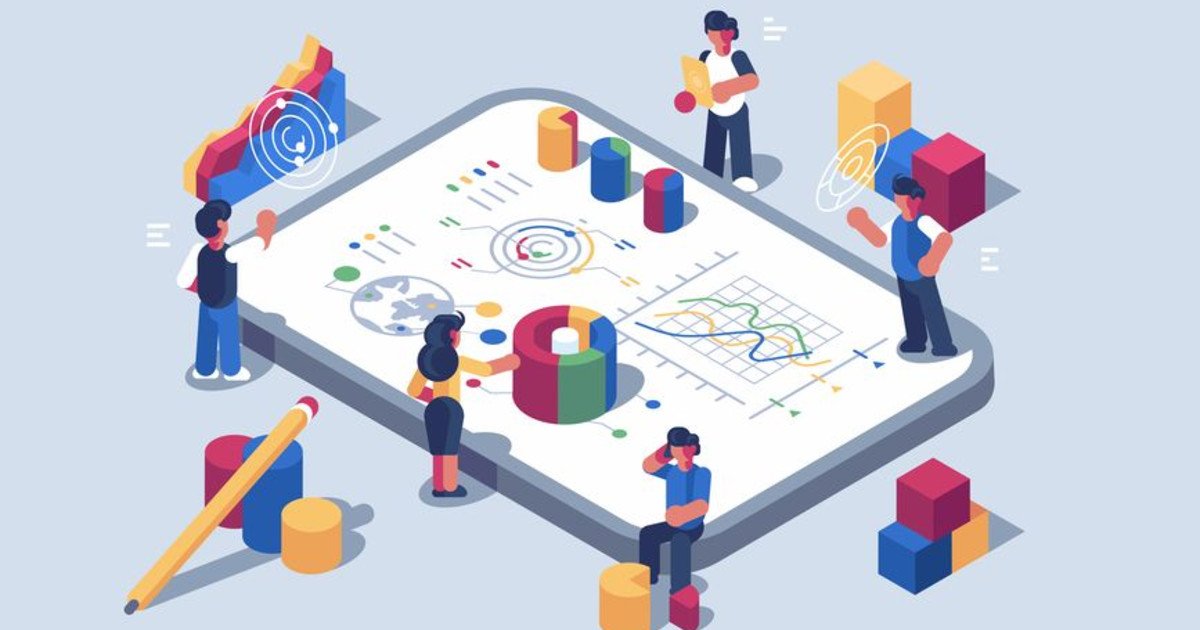Your business runs on data. Whether you gather data from customers, clients, or other businesses, it’s central to your success.
No matter what industry your business operates in or how large your company currently is, your data powers everything that you do. It influences all of your decisions and determines the direction of your company.
With the rise in data collection and usage, there has been an increase in related software. From machine learning to predictive AIOps software, there are lots of great tools that you can use to improve your data handling.
Using software can automate your data collection and analysis, two tasks that consume a lot of time and energy. It also enhances data accuracy and reliability. When your data is reliable, your business runs smoothly. Reliability means that your data is error-free and easy to reproduce.
Error-free data minimizes the risk of problems in your business. It also enhances the accuracy of your data predictions so that you can provide the best experience for your customers.
Let’s take a look at some top ways to increase the reliability of your data.
Optimize Your Data Collection Process
A lot of errors can crop up in the data collection process. By optimizing the way that your business gathers new data, you can minimize the risk of errors and improve reliability. Data optimization can improve your ability to systematize your company’s workflow and boost success.
Consider which channels you use to collect data and how your software categorizes this data. You should ensure that every piece of data that you gather has come from a reliable source and has been collected in a standardized way.
Categorize Your Data
Categorization is a great way to keep track of your data and identify potential anomalies that could decrease reliability. When your data is organized and segmented, it’s easier to analyze and use to improve your offerings and operations.
You can categorize your data using tags, labels, and lists based on a pre-determined set of criteria. To save time and energy, use machine learning to run through data and split it into categories.
Clean Up Your Data to Remove Errors and Duplicates
If you want to make your data as reliable as possible, it’s important to identify outliers in your data sets. This requires you to take a look at all of the current data that you have in your database and remove incorrect, outdated, or duplicate data points.
You can use an artificial intelligence algorithm to help with the removal of your ‘bad’ data. This will save time and improve the accuracy of your clean up. If you want to minimize duplicates in your future data, you can use various software to sync your existing data sets with any incoming data. The software will delete replicates so they don’t end up in your database.




























































